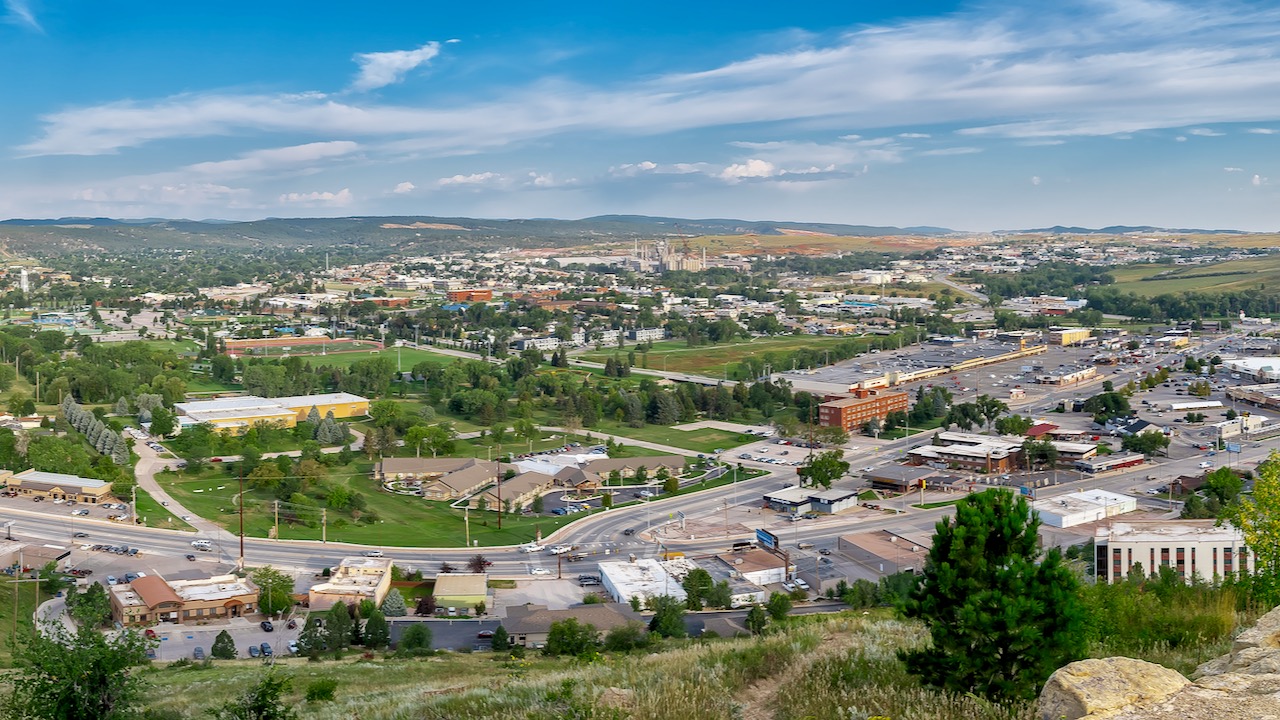Rapid City’s downtown sidewalks
By James Giago Davies
Native Sun News Today Contributing Editor
A half century back, the weekend downtown sidewalks of Rapid City were filled with far more people than there are today. There was Woolworth’s, Ben Franklin, Sears, JC Penney, Montgomery Wards, drug stores, three movie theaters— with no malls or strip malls, and no social media, people congregated, to not only shop downtown, but to socialize.
Times changed, and downtown Rapid lost its connection to the fabric of Rapid City society throughout the 1980’s and 1990’s. But a revitalization has taken place, with the edition of aesthetic user friendly improvements: street corners with shade trees and inviting areas to sit and relax next to the life-sized metal statue of one of our US presidents.
Main Street Square has given downtown a destination hang-out, and although the packed sidewalks of the 1960’s will never return, people have been redirected back to downtown Rapid in critical numbers. The City has recently made additional changes. They have placed metered parking along streets where there was none, charging about a buck an hour. This, although annoying and inconvenient, is something you adjust your settings over. You just deal with it. The other change, you do not make adjustments for, in fact, you should be outraged by it.
 James Giago Davies. Photo
courtesy Native Sun News
Today
James Giago Davies. Photo
courtesy Native Sun News
Today
Sometimes I sit in a second story office and look down on a downtown street corner. For hours, people sit, some reading books, some texting on their cell phone, some gossiping with friends, some carrying on an emphatic, dingbat conversation with nothing but open air. No police approach them, counsel them to move on in observance with the City’s loitering laws. That’s because these people all share one commonality— they are white.
On the same day, some white teenagers sat just below my street corner window for the better part of an hour, three Lakota people just across St Joe Street, did the same thing for far less time, but were approached by a uniformed police officer, and he had a white paper out, which he read to them.
After the conversation, they moved on. These Lakota were not homeless in appearance, and two of them had shopping bags. This was the first time I noticed it, and I had no reason to read anything into the nature of the conversation they had with the officer.
As the weeks went by, I noticed time and again, people being approached by officers, and then moving on down the sidewalk. In every case, they were brown people, identifiably Indian, probably Lakota. There is no doubt about it: law enforcement is racially profiling people downtown, and weeding out the likely loiterers from the white citizenry.
James Giago Davies is an enrolled member of the Oglala Lakota tribe. He can be reached at skindiesel@msn.com
Copyright permission
Native Sun News Today
Join the Conversation



